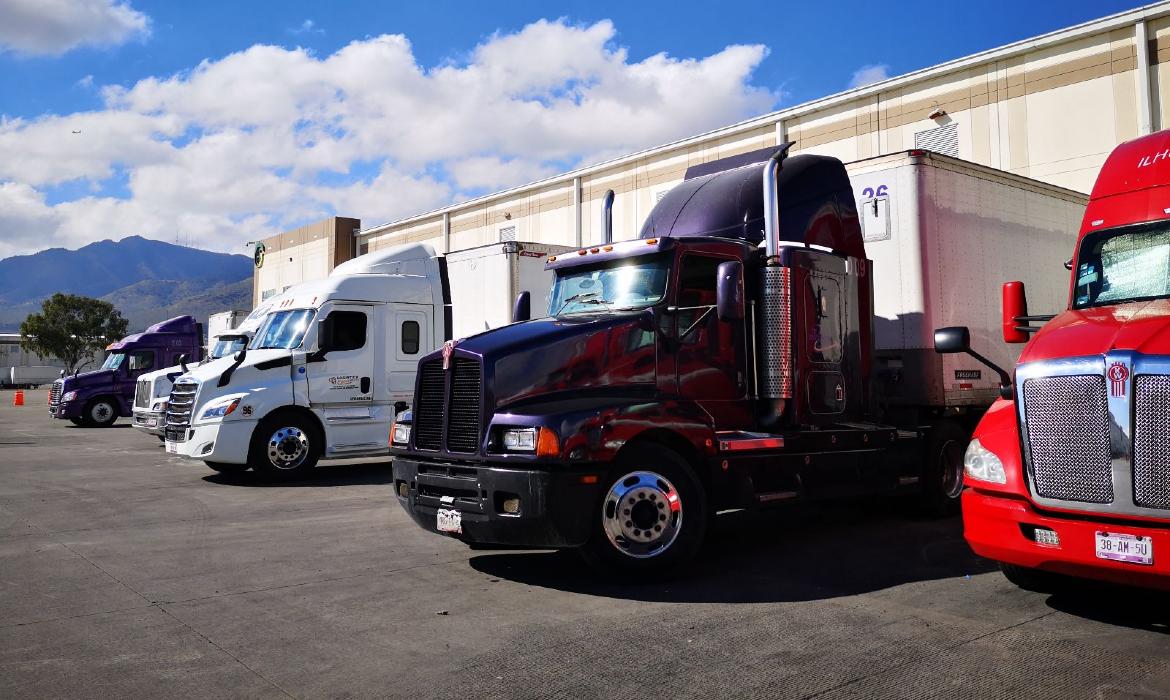
The Environmental Commission of the Megalopolis (CAMe) announced on Thursday the activation of Phase 1 of an environmental contingency due to ozone in the Metropolitan Area of the Valley of Mexico (ZMVM), which implies significant restrictions for both private and freight transportation sectors.
Maximum ozone concentrations reached high levels, recording 158 ppb at the Gustavo A. Madero (GAM) monitoring station in Mexico City. This phenomenon is due to the high-pressure system over the Valley of Mexico, which has generated intense atmospheric stability combined with strong solar radiation and weak winds, resulting in the stagnation of ozone precursor pollutants.
As a measure to mitigate adverse health effects and reduce pollutant generation, CAMe announced that vehicle circulation restrictions have been established in the ZMVM.
This Friday, May 10, private vehicles with verification hologram 2 and those with verification hologram 1 whose last numeric digit is 1, 3, 5, 7, 9, and 0 must suspend their circulation from 5:00 to 22:00 hours. As well as holograms 0 and 00 with plate endings 9 and 0 (blue sticker).
Local or federal freight vehicles are prohibited from circulating between 6:00 and 10:00 a.m., except for those participating in the Self-Regulation Program of Mexico City and the State of Mexico.
Likewise, the circulation of 50% of LPG delivery units without a dry disconnection valve will be restricted, and local or federal freight vehicles will be prohibited from circulating between 6:00 and 10:00 a.m., except for those in the Self-Regulation Program.
Exemptions are granted to electric and hybrid vehicles, those with an ecological registration or exempt hologram type, and vehicles destined for essential services such as medical emergencies, school transportation, and authorized waste and hazardous materials transportation.
These measures, in addition to protecting public health, aim to reduce pollutant emissions. Transporters are compelled to adjust their activities in line with these restrictions, which may affect the mobility and operability of the sector in the ZMVM.
Additionally, the statement urged the population to contribute to emissions reduction by: facilitating and continuing remote work, as well as conducting online purchases and procedures to reduce travel.
Avoiding the use of products containing solvents, aerosols, air fresheners, paints, or sealants.
Refueling gasoline after 6:00 p.m. and before 10:00 a.m., and checking and repairing leaks in domestic gas installations.
Also, reducing fuel use at home by limiting shower time to a maximum of five minutes and using covered containers when cooking.
Suspension of activities generating fugitive air emissions from the use of solvents and coatings in commerce and services, as well as suspension of activities in establishments using firewood or charcoal as fuel without emission control equipment.
Furthermore, restrictions will be implemented on a percentage of refueling stations, LPG distribution plants, and service stations, with the aim of reducing pollutant emissions.
These measures entail significant adjustments in the operation of various commercial and service sectors in the ZMVM.
Comment and follow us at X: @GrupoT21










